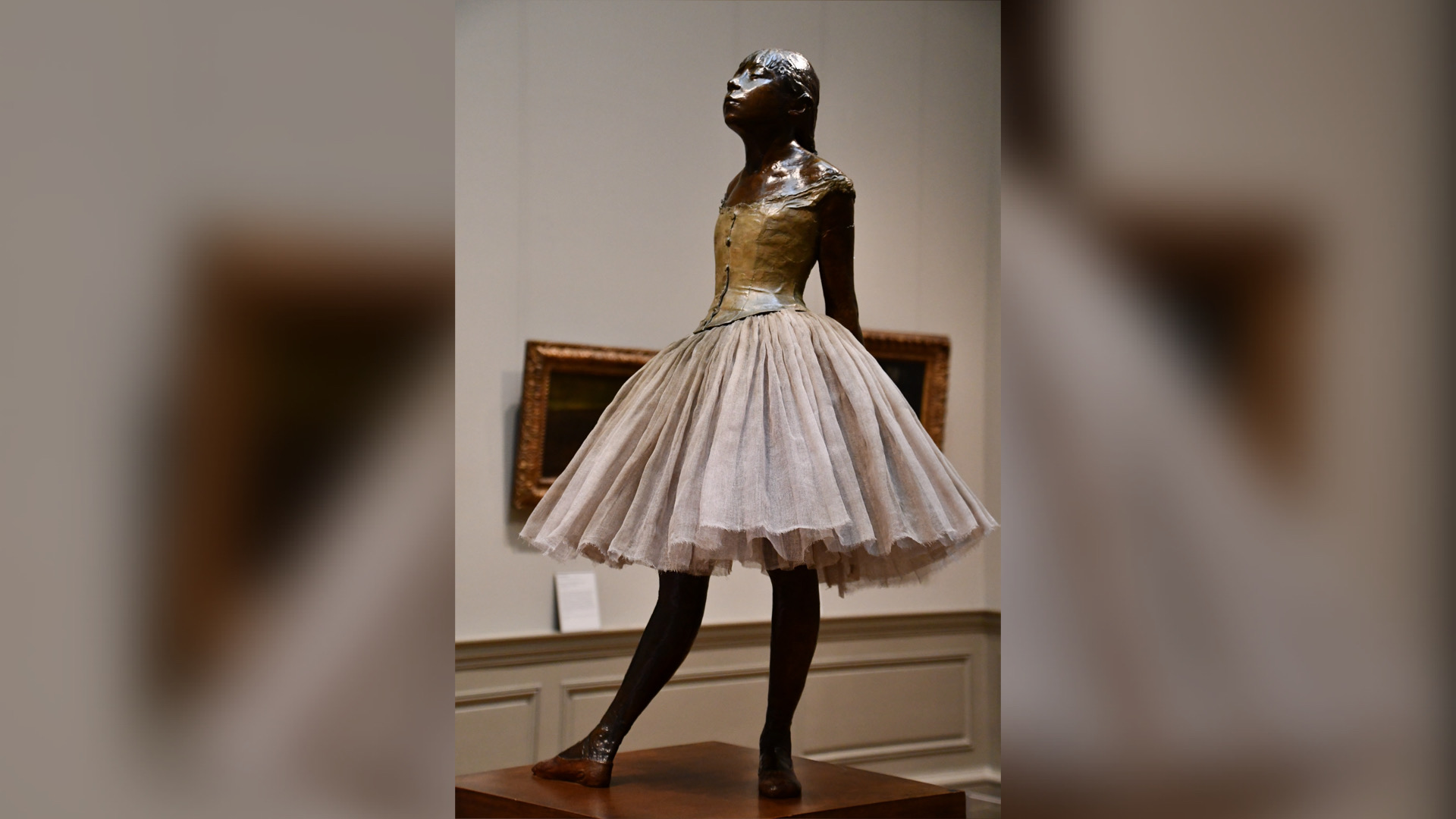
Photo 229638410 © Ritu Jethani | Dreamstime.com
In 2018, the Metropolitan Museum of Art in Manhattan embarked on a unique restoration project for Edgar Degas’s famed sculpture, The Little Fourteen-Year-Old Dancer. Crafted in 1881, this sculpture has stood the test of time, but its tutu showed signs of wear. The Met decided it was time for a change, recently sharing the journey of this makeover on TikTok.
Glenn Petersen, the Met’s Costume Institute conservator with a quarter-century of experience, was chosen for this delicate task. Initially, the skirt’s tattered and dirty look was perceived as a sign of deterioration. However, Petersen discovered that its distressed appearance was intentional, reflecting the sculpture’s original, controversial realism.
Posthumously cast in bronze, the sculpture—originally featuring wax, fabric, and human hair—sported fabric elements, including the tutu. However, it did not necessarily convey what Degas intended.
The challenge for Petersen was to craft a new skirt that honored the artwork’s history. He turned to the original wax version for inspiration, aiming for historical accuracy in the tutu’s knee-length, buoyant design. The research revealed the original was made from cotton tarlatan, starkly contrasting today’s silk tulle tutus. The team selected a fabric mimicking this historical material, combining finer and more open-weave layers for authenticity.
What do you do when one of the most famous tutus in the world needs a glow up? Just ask The Met’s Glenn Petersen, Conservator at The Costume Institute who worked to update the real cloth tutu on Degas’ beloved sculpture “The Little Fourteen-Year-Old Dancer.” Fun Fact: Degas’s original sculpture was made of many unorthodox materials, including tinted beeswax, a human-hair wig, a cotton bodice, linen ballet slippers, and tarlatan tutu. Curators at The Met have replaced the fabric skirt at least three times in the past to tackle deterioration or just plain dissatisfaction with its appearance. See the sculpture on view at The Met in gallery 815. #Conservation #BalletTok #LearnOnTikTok
In choosing a color, Petersen opted for an aged white to complement the sculpture’s bronze patina. He airbrushed darker shades onto the fabric for depth, steering clear of replicating the original skirt’s worn-out look.
“Originally, the skirt on the sculpture was described as being white,” said Petersen. However, “the bronzes had been made to look aged already, so there was no way we could put a white skirt on the dancer and have it look natural.”
Reflecting on the skirt’s past replacements, Petersen contemplated the ever-evolving state of fashion and how it may affect the way observers feel about and interact with art.
“Fashion will change in 20 years, and somebody will look at the skirt and say, ‘That’s hideous, and we need a new one,’” the conservator commented.
“If we can bring something to it now that makes the skirt really look harmonious with the sculpture and shows that we’ve paid attention to the way that Degas depicted dancers and the sense of movement, that will really add to the way people view the sculpture. That’s my hope.”
[via Metropolitan Museum of Art, cover photo 229638410 © Ritu Jethani | Dreamstime.com]


Recent Comments